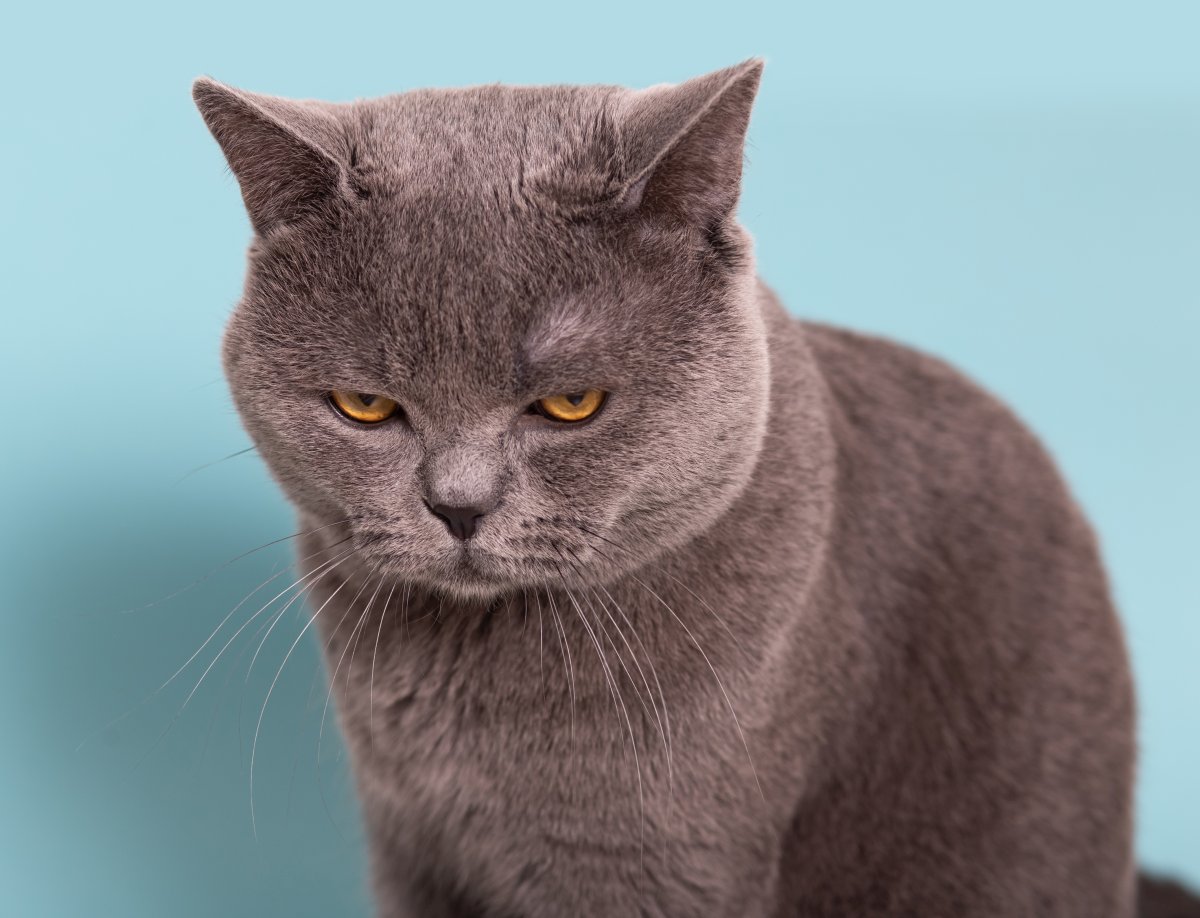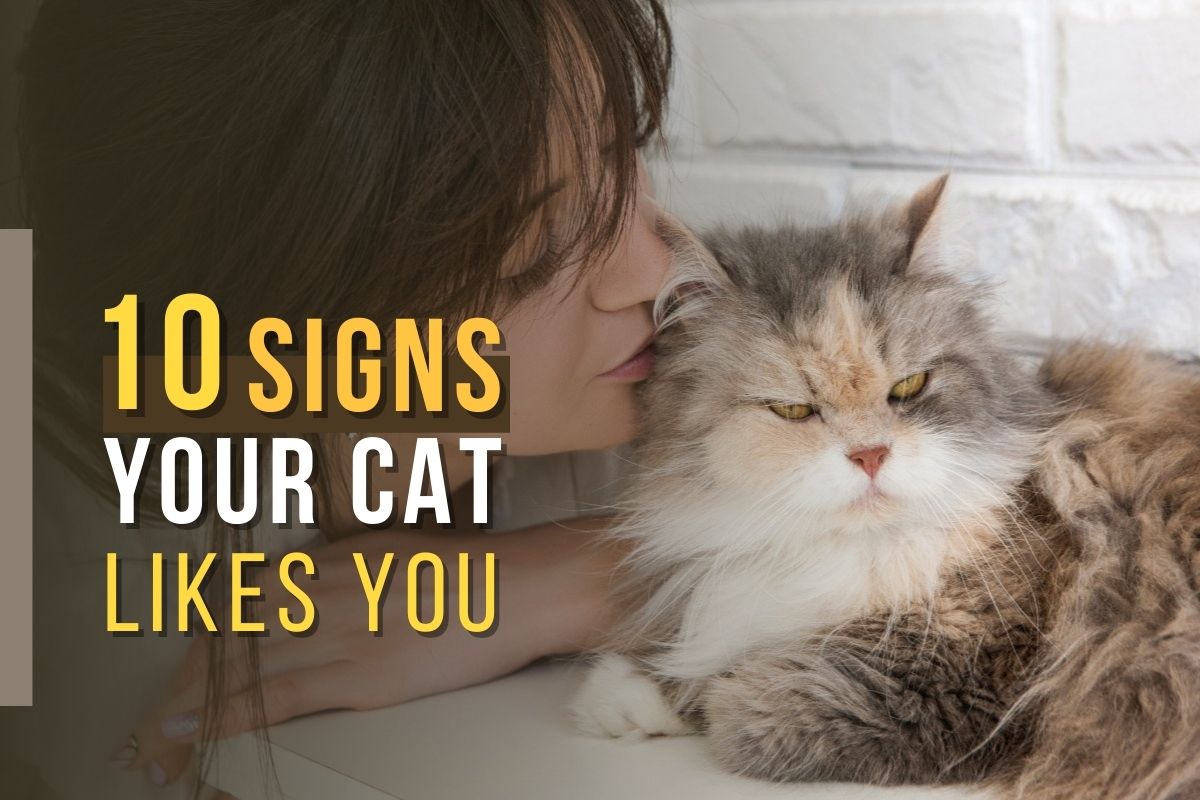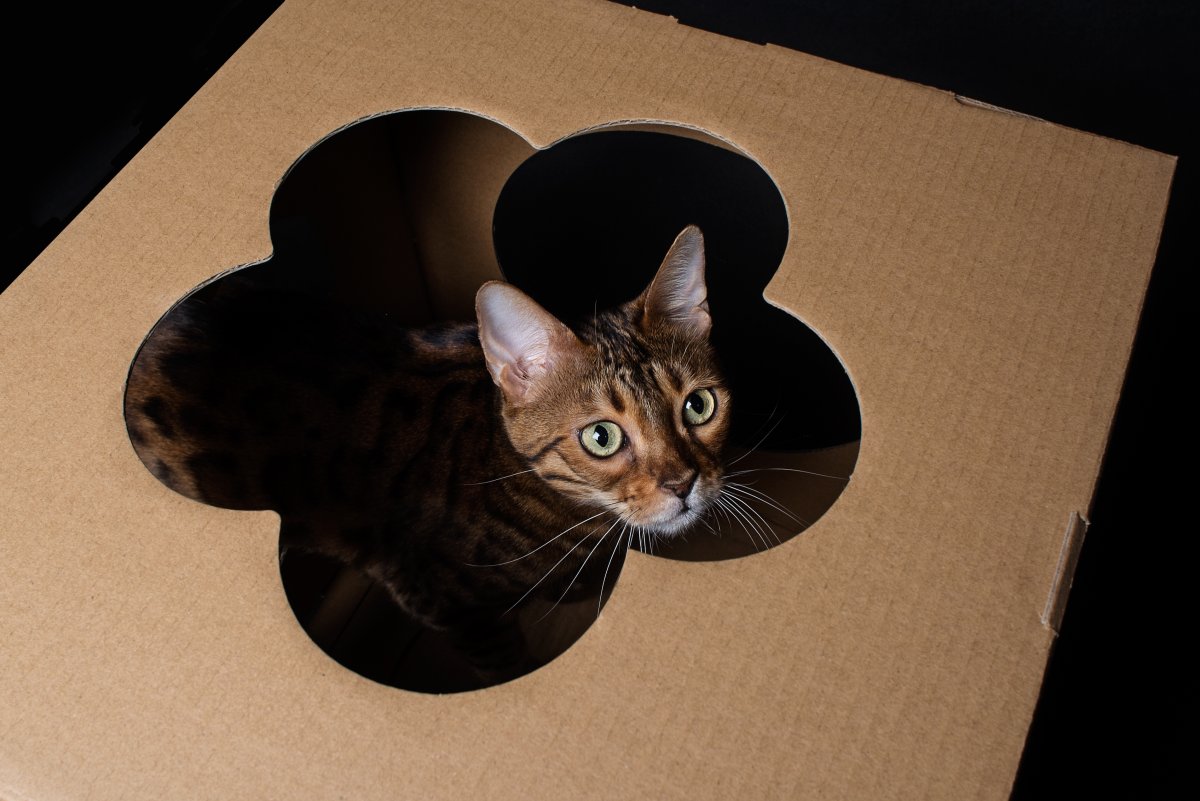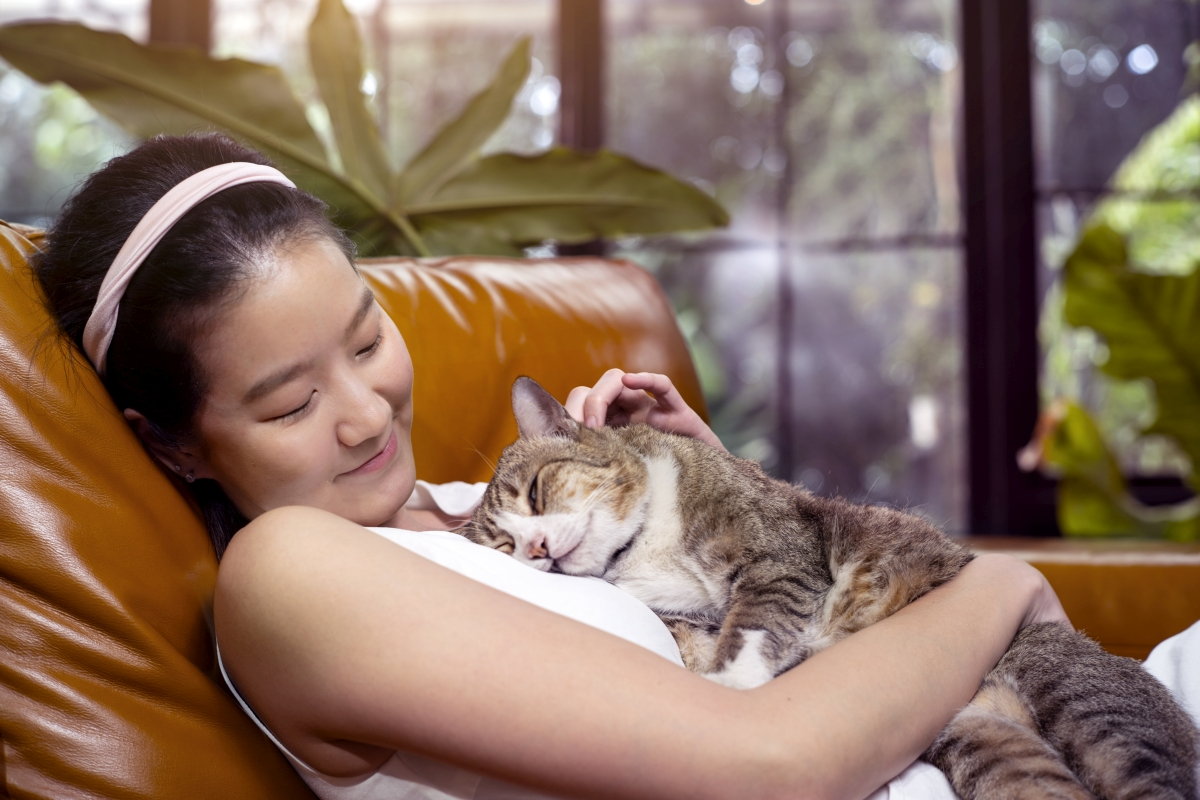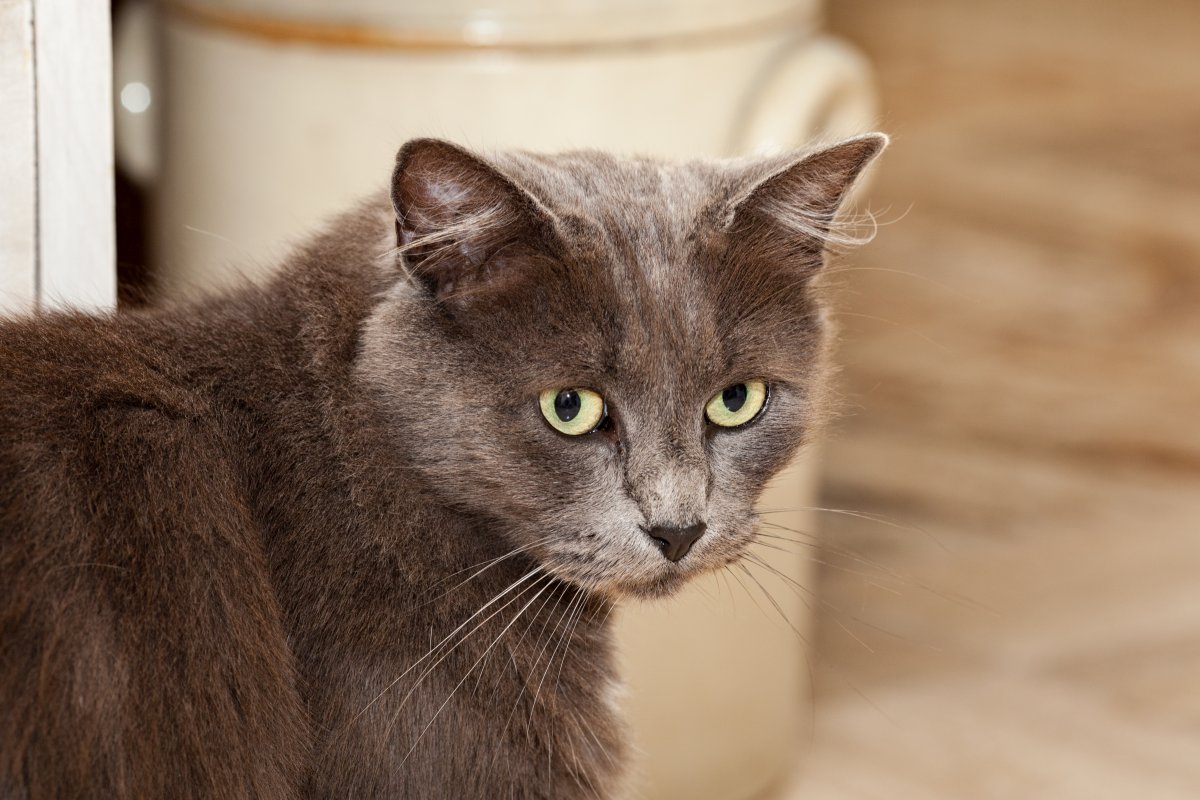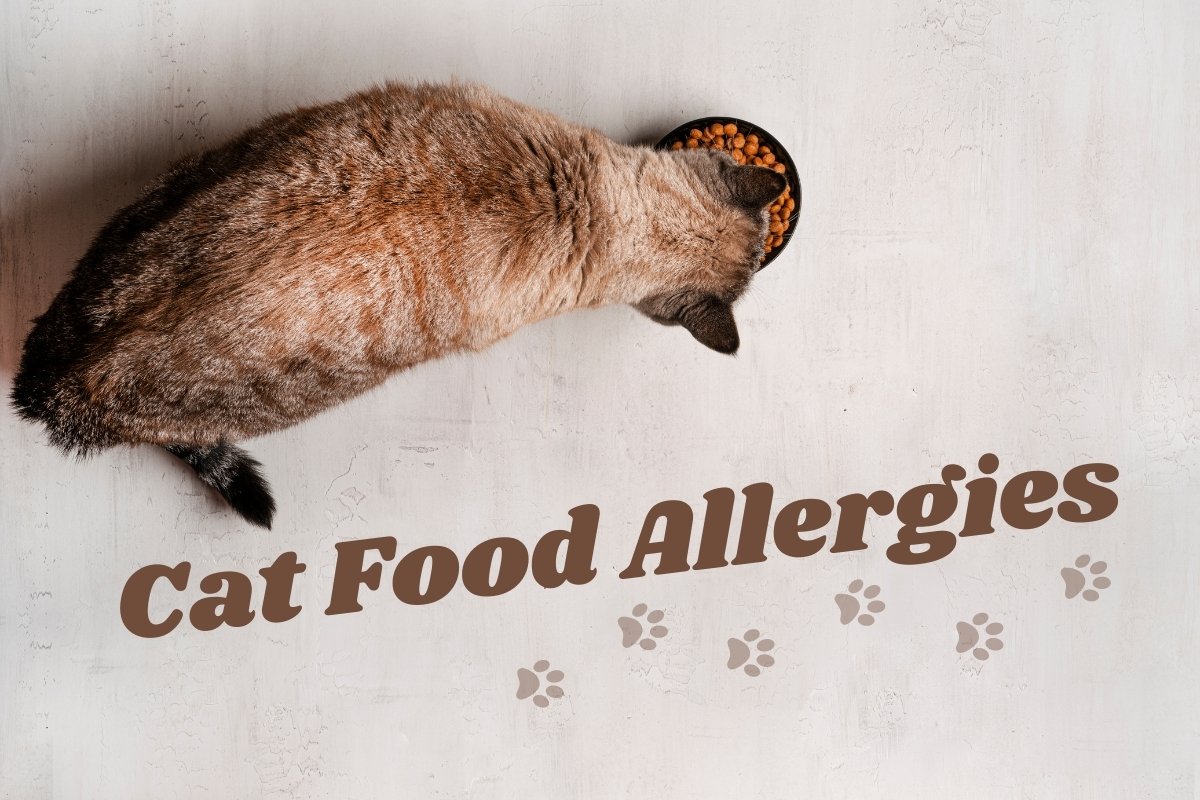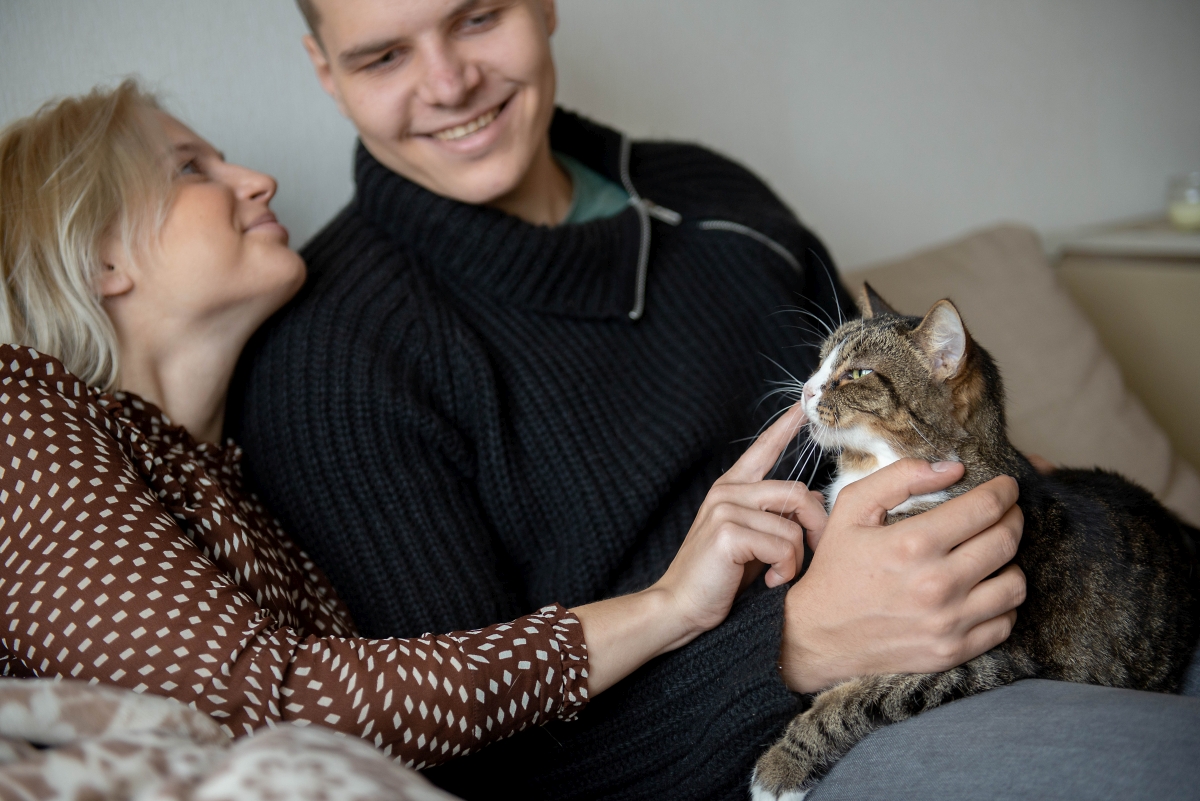Imagining a decoder of a cat’s language would enter your life and make it a lot easier as a cat lover? However tempting, imagining it won’t change anything. In fact, you will have to learn to read your cats’ body language to know what it likes and hates.
Learning to read your cats’ behavior or knowing every time what it means by a meow is not that difficult as coats are great conversationalists. Therefore, they have a lot to tell you about.
If you’re a bit unpracticed as a cat owner, this guide will help you discover how to know what your cat wants by all those meows to words and know what your feline friend is really trying to tell you.
Understand Your Cat Behavior
Your cat communicates with you through:
- Ears and Eyes
- Tail signs
- The body language
- Various vocalization
Ears and Eyes
Here’s to you for becoming a true feline whisperer through understanding the body language of your cat.
When it’s time to understand what your cat has been trying to convey through differently positioned ears and dilated pupils, you should really spend some time understanding what each of the signs means and represents.
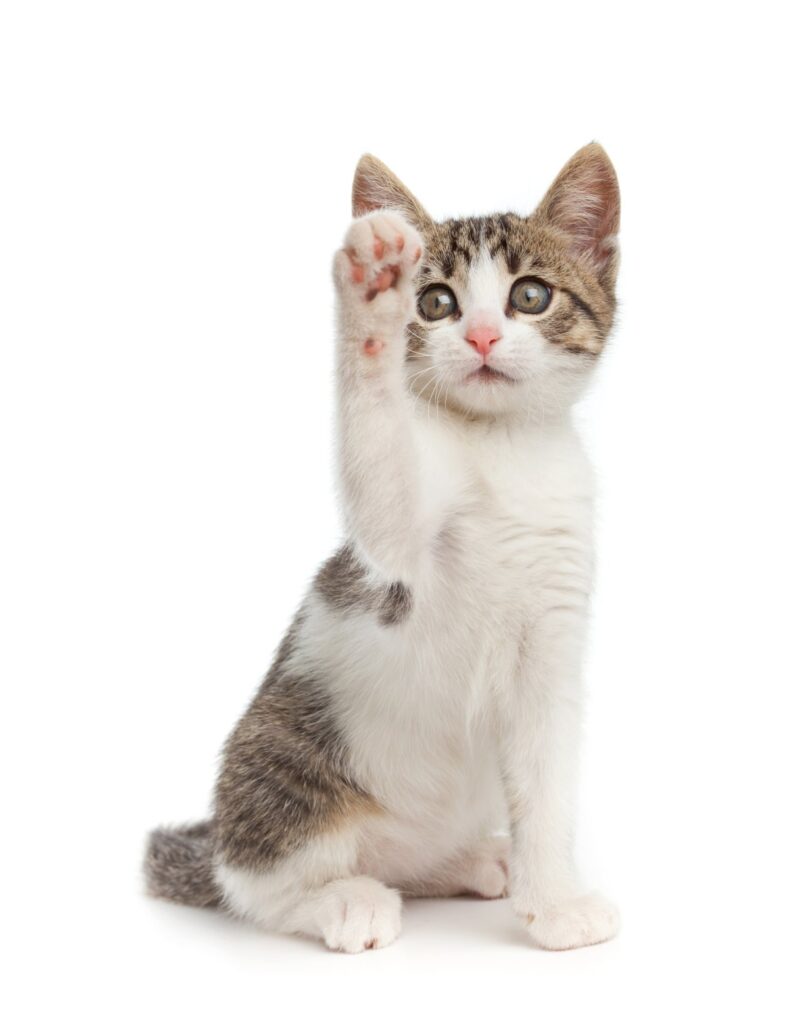
You can learn some signs from the examples down below,
Ears
- Bent forward
Your cat is feeling curious and trying to communicate to you about its playful mood. The sign can be identified when your pet comes across a new toy.
- Straight and Upward
When your cat’s attention is diverted to something, a sudden change in-ears position as straight and upright demonstrates their alertness.
- Flat or Laidback
Suppose the gesture is accompanied by low growling or hissing. In that case, your cat is furious at you or just frightened.
Eyes
- Slow blinking
If a movie scene pops into our mind after reading the above two words, then that’s right. The difference is that instead of a human, your cat is adoring you by slowly blinking. Slow blinks or actually the air kisses in the world of felines, and there is absolutely no need to be confused or worried when this happens.
- Pupils Dilating
Cats usually have dilated pupils when they are excited. It is their way of showing their excitement. Be ready for your cat to viciously attack and aggressively p[lay with a toy. Dilated pupils are a sign of excitement; however, accompanied by aggressive sounds or largely dilated pupils, this potentially means that your cat is scared or in a state of fear.
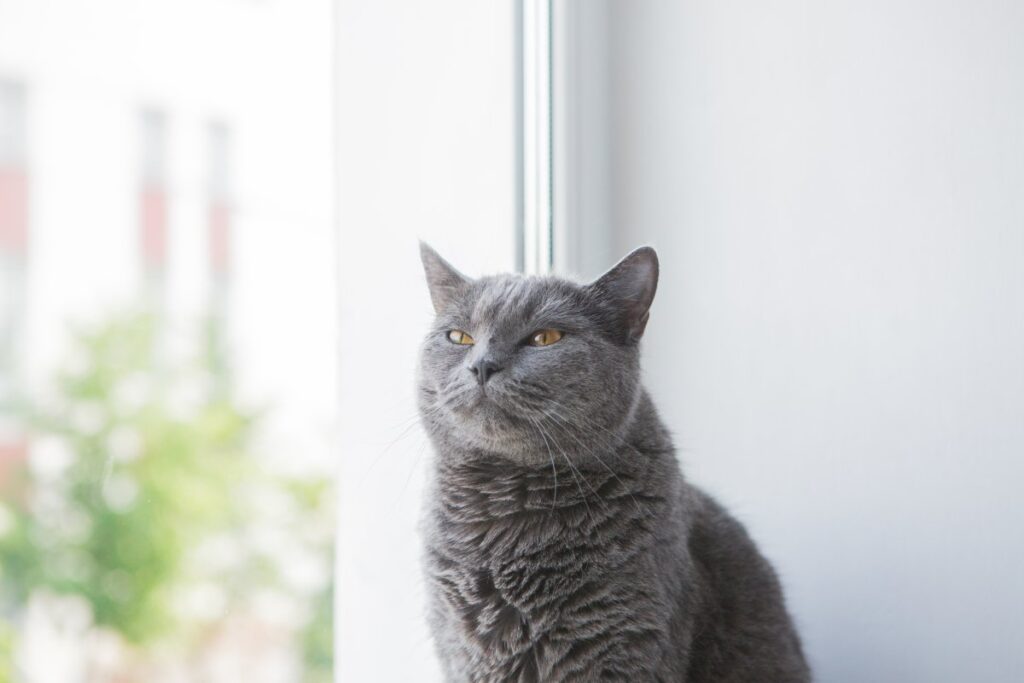
- Constricted pupil in the shape of a slit
A slit is a second name for annoyance in cats’ dictionary. Learn it by heart that whenever you touch your cats’ coat and notice the constricted pupils, withdraw it immediately because what comes next will be a scratch attack on your hand.
Communication Through Tail – This is What Cats Like To Do When They Are Happy
Sometimes eyes and ears don’t speak as much, but the tail is an all-time communicating body part of a cat. Unlike dogs, wagging cats’ tails in different motions mean more than joy and happiness.
Cats communicate a lot through their tail. Therefore, matters with the tail are a bit complex, and it takes a little while before you fully understand the ‘tell-tail signs.’ Let’s go through a comprehensive guide below to know what your cat is really indicating or warning you about.
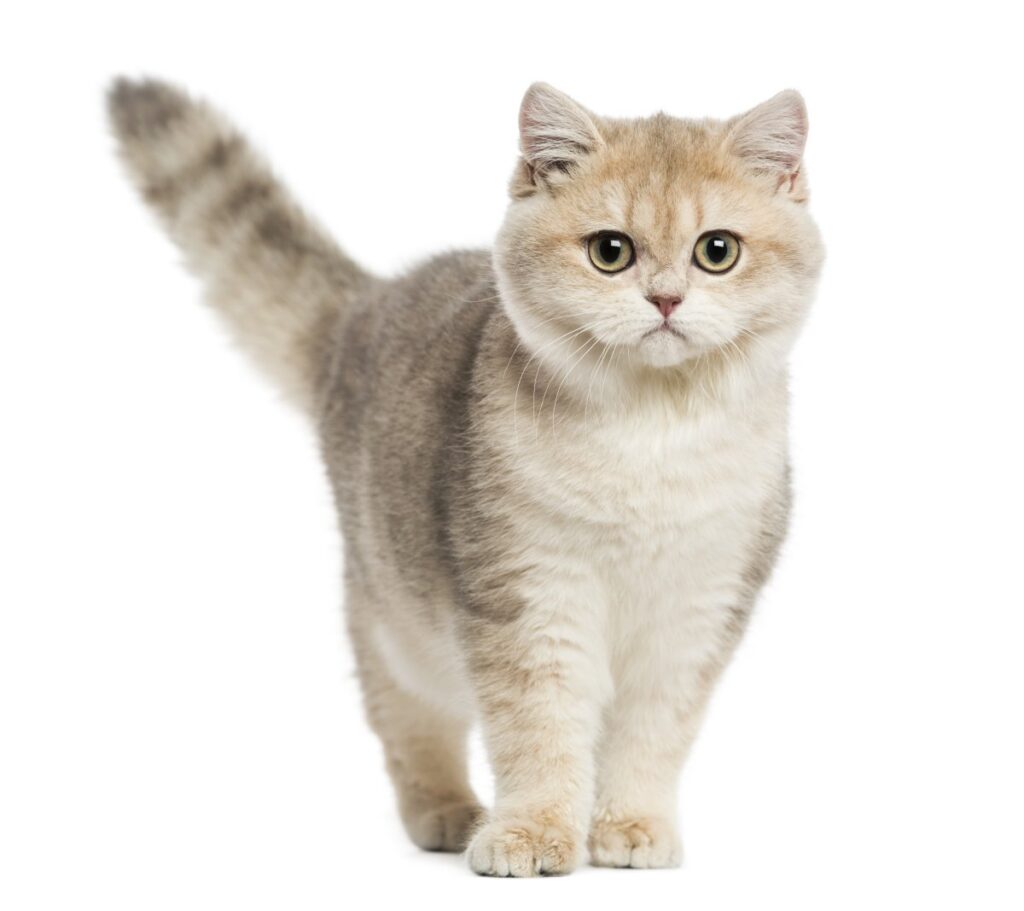
Cat Wagging Tail
Be very cautious of your cat’s wagging tail. It indicates that your cat has finally run out of patience and is now highly frustrated by you or the thing that is frustrating enough for it. If you ever wondered why your cat constantly flicks its tail while you are petting and ruffling its furs, watch out before the situation accelerates to scratching.
Twitching Tail
Slightly flicking the tip of the tail, your cat is in a playful mood. The movement is milder than the wagging. If you find it cute when your cat tries to chase its tail, it’s a high possibility that the tail twitching happened first.
Puffy Tail
As adorable as it looks, the puffy tail of your cat actually means wholly different than what it seems like. When your cat is extremely afraid of something and is in a terrifying situation, your cat’s tail is going to get puffed up. You might want to curb that temptation to touch the tail while it’s looking cute all puffed up. Try to calm your cat and make it feel safe and secure.
Tucked Between Legs
One of the most visible signs of anxiety in cats is its tail tucked in between the legs as a sign of submission. When your cat is nervous, its tail is in between the legs. This may happen when there is a new stranger at your home or a change in the environment that makes your cat feel anxious.
Curvy Tail
A curvy tail in the shape of a question mark style demonstrates cats’ curious and playful behavior.
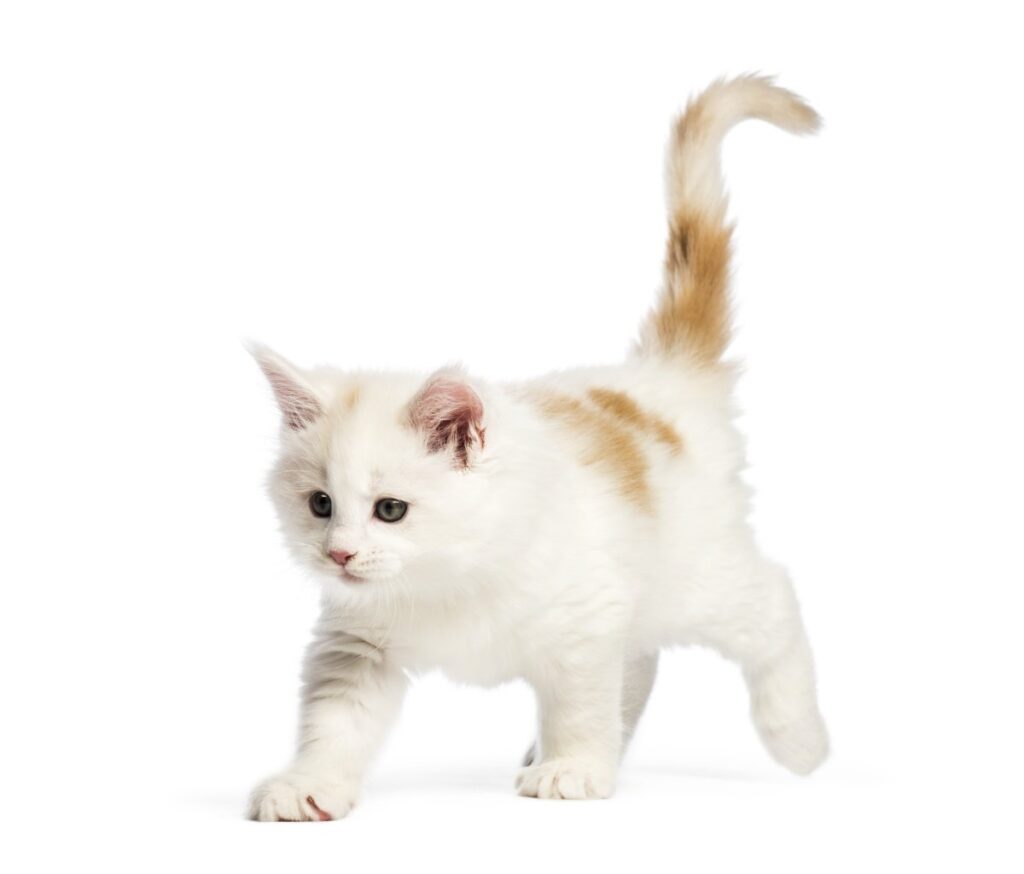
Embracing Tail
If your cat is literally walking around the house with its tail embraced, consider yourself the best parent as your cat is completely satisfied and happy.
Cat Behavior Facts About Body: Understanding the Body Language of Your Cat
Communicating through body language means the whole body is involved while conveying emotions and feelings.
When cats are lying on their back with their middle body (belly) exposed, they want you to feel trusted and liked. When their back is arched, they are ready for cuddles. Your cat is all up for cuddles and pets when they arch their back, so you don’t have to worry about scratches at all.
These are the common signs that you can learn to know what your cat likes and dislikes, along with feeling what your cat is feeling. Learning cats’ language is not that hard, especially for a cat lover. With just a little effort and attention, you will have a fantastic relationship with your cat.
Pet, play, and scratch when your cats want you to, or else, say hello to new scratches!

